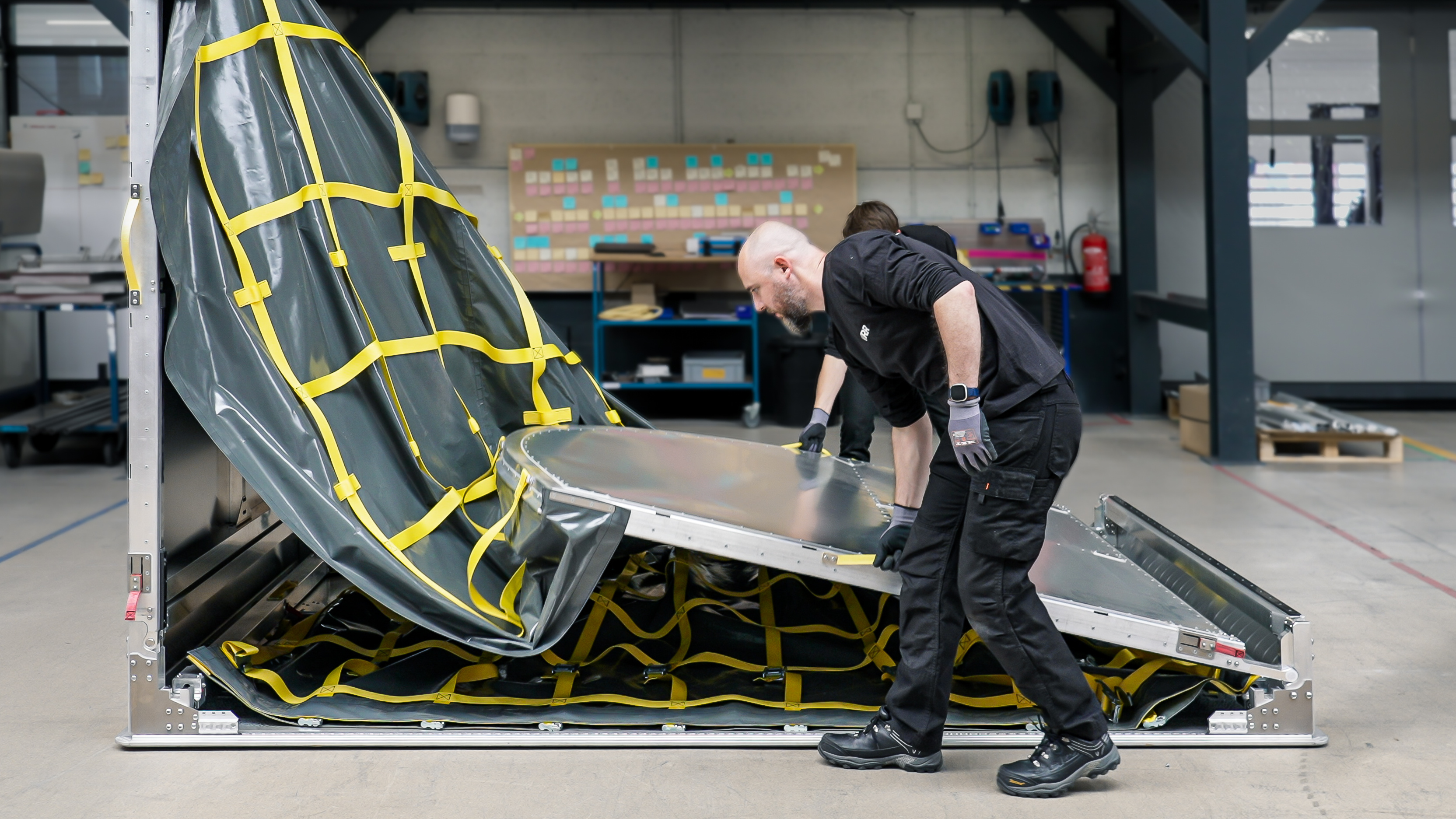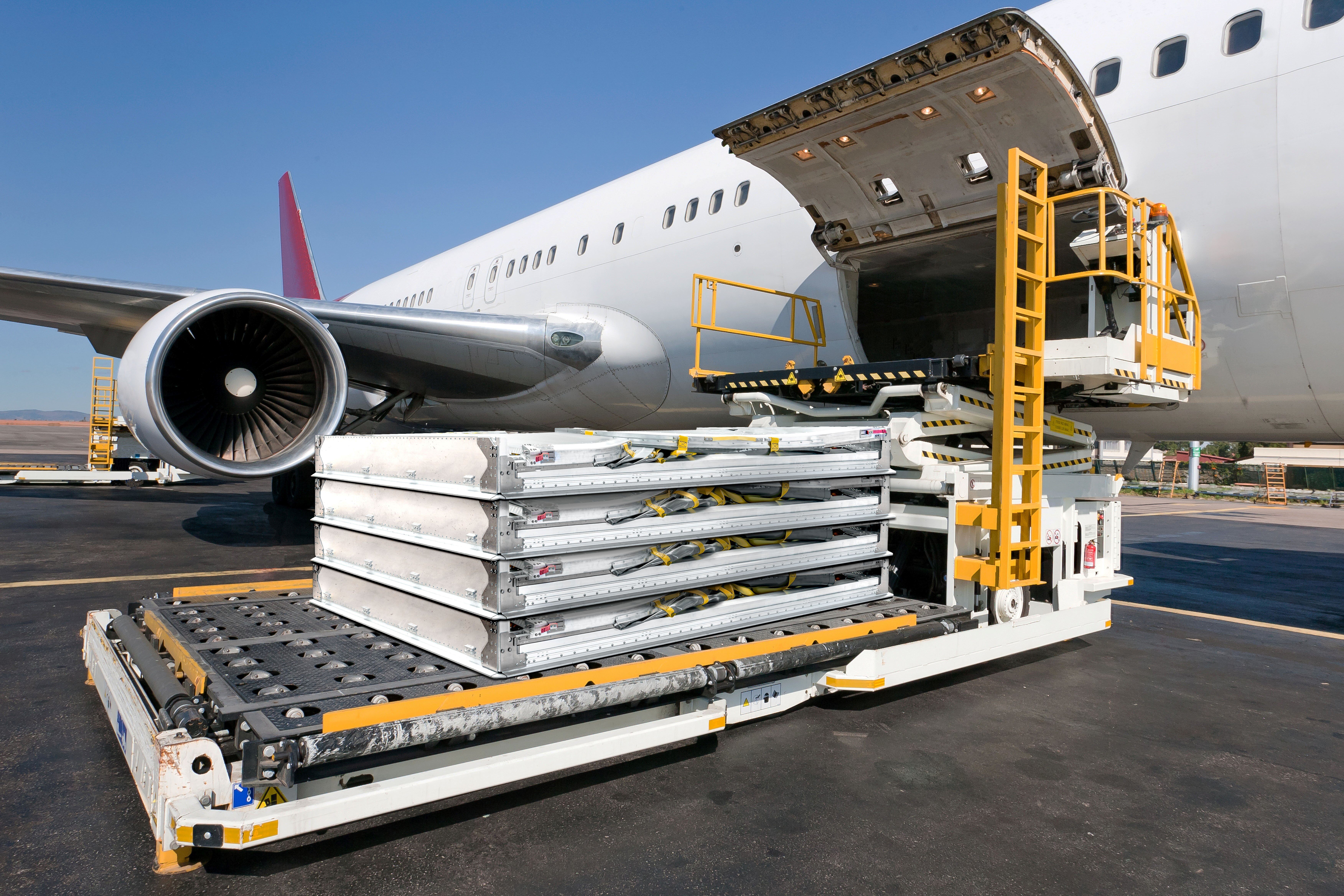Rising demand for air transportation requires large numbers of Unit Load Devices (ULDs) to protect cargo and keep planes safe. ULDs are used on countless different trade lanes, but this has resulted in an unwelcome imbalance in the global ULD fleet. And due to disrupted supply chains, this situation has even worsened.
The stark choice between storing and relocating ULDs
The imbalance in the global ULD fleet is concerning for many countries. In the U.S.A. for example, there is often a surplus of ULDs, while in China there is frequently a shortage. One reason for this development is the imbalance in supply and demand between the two countries. The demand for Chinese products is greater in the U.S.A. than the demand for American products in China, which means many more ULDs are going east to west.
Of course, it’s not only trade lanes between countries that are suffering an imbalance; trade lanes between companies are facing the same issue, too. Around 20% of trade flow is imbalanced, according to air cargo calculations. Until recently, the options of what to do with empty ULDs has had more negative than positive consequences. If you choose to store them, you have them on hand when needed, but you’re paying a lot of money for the convenience. Storage space at airports is both scarce and expensive.
In this scenario, both the sender and the receiver are adding unwittingly to the ever-increasing imbalance. It’s understandable though. Returning your empty ULDs is extremely costly and sometimes also extremely time consuming (if by sea). Likewise, expanding your ULD fleet at a time when air freight is growing is a costly alternative. Companies find themselves between a rock and a hard place.
The perfect remedy to an age-old problem
Fortunately, there is now a solution. Designers and engineers at VRR have found a way for ULD fleet managers to save time and money and reduce capital expenditure. Our range of collapsible AAY and AAX containers, which can carry the same volume of products as standard containers, reduce their size significantly when empty and can be stacked on a plane's main or lower decks or in a shipping container.
Fleet managers can now have their containers exactly where they need to be. When transported in its collapsed state, a collapsible container is only several inches high and can be stacked and shipped for return transport. This not only saves time and money when repositioning ULDs but also helps to:
- Rebalance ULD fleets for countries and companies
- Maximise storage facilities at airports (stacks up to seven high)
- Make the loading and unloading of empty ULDs much easier (no disassembly)
- Leave more floor space in cargo holds for full ULDs
- Reduce capital expenditure requirements (fewer ULDs needed)
- Decrease the environmental impact of returning empty ULDs
Reducing space without sacrificing volume
Designing a container to perfectly fit a plane’s main or lower deck is nothing new, but at VRR we’ve discovered new techniques on how to reduce the container’s size without having to sacrifice any volume. These techniques, which can be applied to different type of containers, do not affect the container’s capacity, but they do allow the container to become much smaller when it’s time to return it to the fleet. The ability to return up to six ULDs in a space normally taken up by just one container is incredibly efficient.
Thanks to these new engineering techniques, fleet managers now have a simpler, cheaper and swifter option for relocating their ULDs. Returning collapsible containers is three to six times cheaper than returning standard containers by air. And while returning containers by sea may seem like a cheap option, it is incredibly time consuming. It’s not unusual to wait several weeks before containers arrive. What’s more, it’s not uncommon for containers to be misplaced after docking, which wastes even more time.
Less capital expenditure and more sustainable: what’s not to like?
If you’re concerned that a collapsible ULDs might require specialist equipment or additional labour and maintenance, don’t be. Two people can erect or collapse the containers in mere minutes, without the need for any special tools. Completely manual.
Add to this the fact that it’s an incredibly sustainable option, and you can see why the collapsible container is the answer to many a company’s prayers: fewer flights, more space and less fuel to return a stack of empty ULDs is a nice bonus for the environment.
Not yet ready to send back your ULDs? Storing your containers at an airport, even though it can be expensive, is sometimes a valid option. However, ULD storage has just become much easier and less costly. Plus, the need to invest in a larger fleet is eliminated because empty ULDs will be exactly where they should be.
Solve even more operational problems
Our collapsible containers not just help you where it comes to solving your ULD imbalance. Their ability to collapse and be stacked, helps you solve even more daily operational challenged. Please let us show you how in this free infographic.
Never stop improving
Our collapsible ULDs give companies a better way of doing business. They save time and money, free up more space in ULD storage, simplify loading and unloading, and lessen the environmental impact. In our opinion, everyone’s a winner.

.png)



.webp)